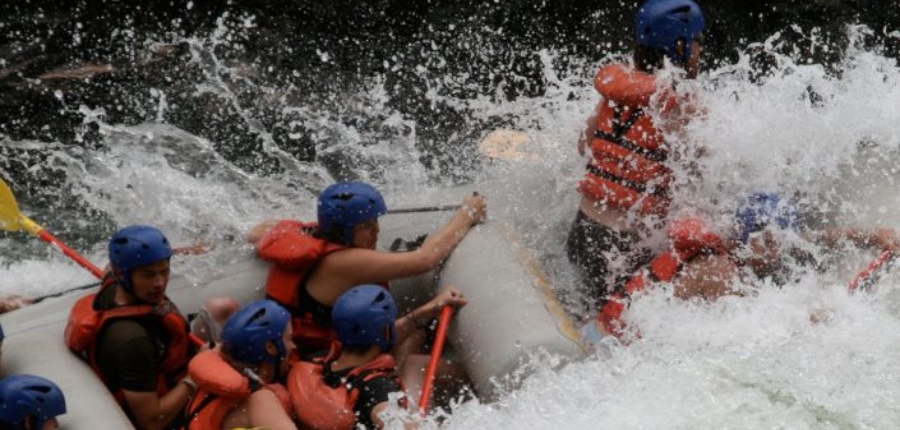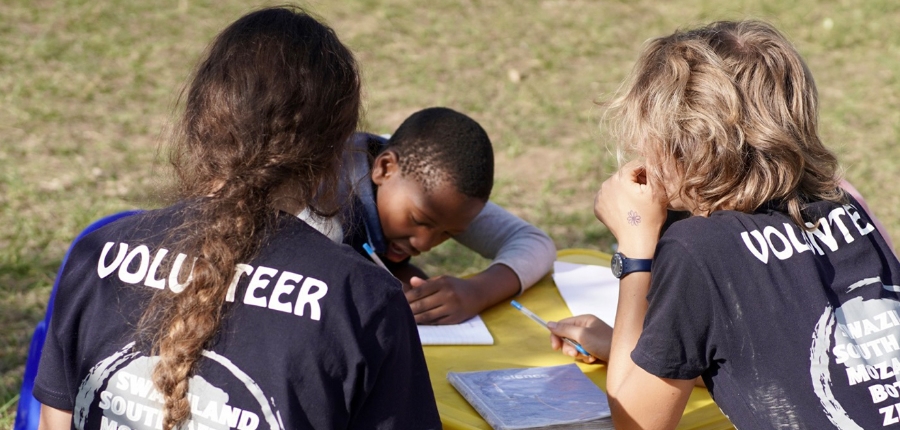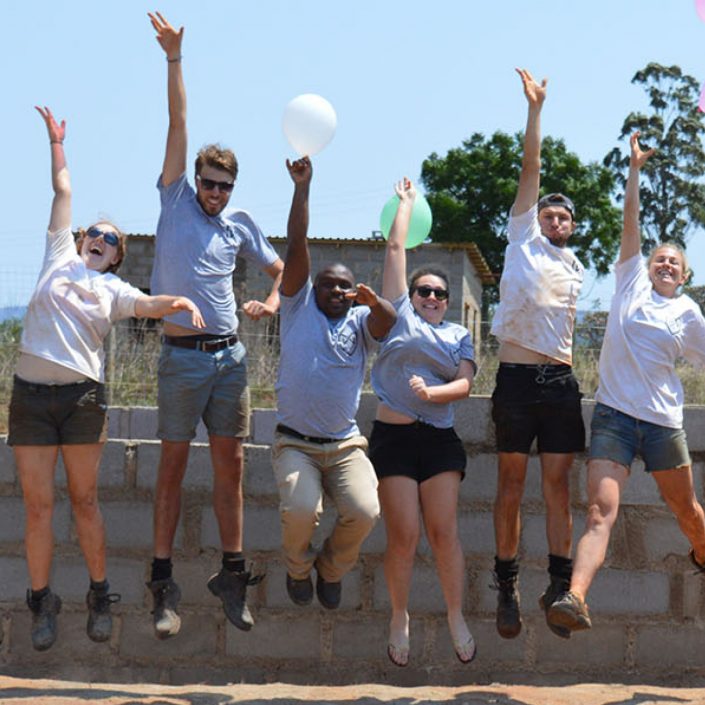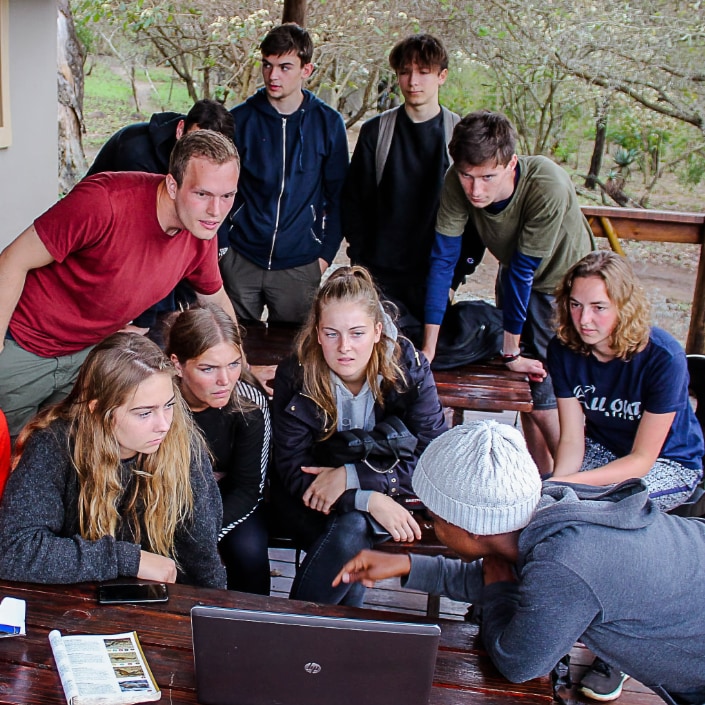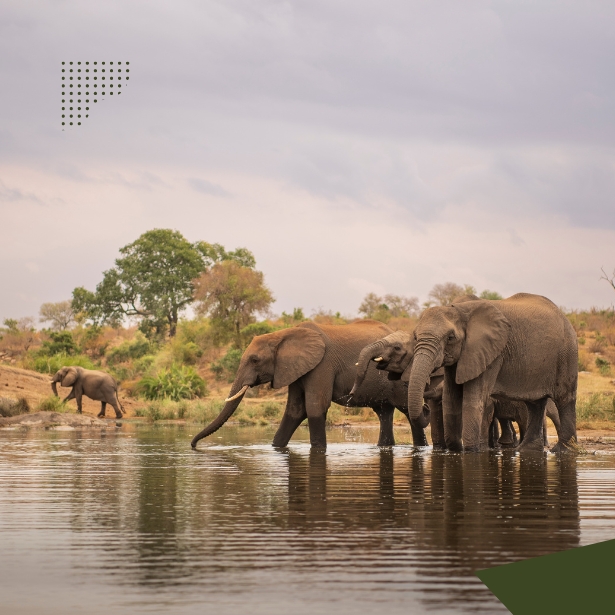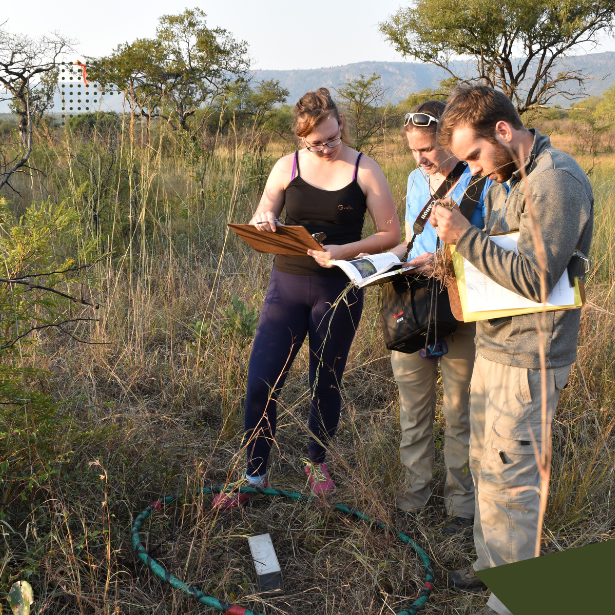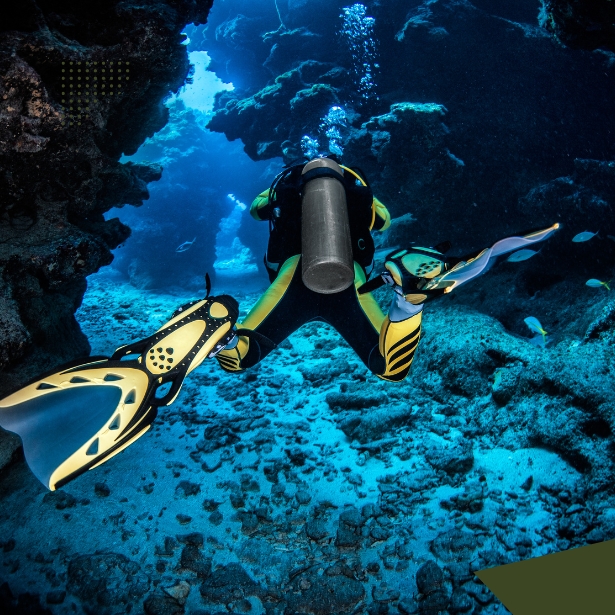TOURS IN MOZAMBIQUE
Overview
Mozambique is a large country in Southeast Africa bordered by the Indian Ocean to the east, Tanzania to the north, Malawi and Zambia to the northwest, Zimbabwe to the west, and Eswatini and South Africa to the southwest.
For almost two decades during the 1970’s and 80’s, many of its attractions were inaccessible as a result of a civil war which crippled the country and halted all development. Now the dark times are very much in the past, and Mozambique is emerging as one of Africa’s rising stars, with an upbeat atmosphere, overflowing markets and a spectacular 2500km coastline waiting to be discovered. Sunshine, blue skies and temperatures averaging between 24°C and 35°C along the coast are the norm.
Mozambique is most famous for its palm-fringed coastline and blue waters full of unique and diverse wildlife. This makes it a world class destination for diving and for boat based safari activities. It is one of the few places in the world you can swim with whale sharks, the world’s largest fish! You can observe the Humpback Whale annual migration, if you’re lucky and see these majestic animals breaching the water! Other amazing marine megafauna present include dolphins, turtles, manta rays, star fish, seahorses, and an abundance of colourful fish and coral reef.
Fun Facts
- In 1994, Mozambique held its first multiparty elections.
- Mozambique takes up a large portion of the south-eastern coast of Africa.
- Mozambique’s main exports are sugar, cashew nuts and tobacco.
- Mozambique is divided into ten provinces.
- Mozambique’s capital is Maputo.
The staple food of Mozambique is a maize porridge and meat or vegetable stew, but seafood is popular and abundant along the coast
- Location: Mozambique
- Area: 801,590 sq km
- Climate: Tropical to subtropical
- Population: 22,894,000 (2009 estimate)
- Ethnic: Indigenous tribal groups 98% (Shangaan, Chokwe, Manyika, Sena, Makua, and others), remaining 2% consist of White Africans, Euro-Africans, Indians and Europeans.
- Religion: Christian 56.1%, Muslim 17.9%, Other 7.3%, none 18.7% (2007)
- Language: Portuguese 9% (official; second language of 27%), Emakhuwa 26%, Xichangana 11%, Elomwe 8%, Cisena 7%, Echuwabo 6%
- Capital: Maputo
- Currency: Metical
Culture and History
The official language is Portuguese, a legacy of the country’s colonizers. When Mozambique gained independence in 1975, the then controlling power party, Frelimo, wanted to evict the colonial language but was not successful in finding a replacement. No other language is spoken by a majority. In the north, the Bantu languages of Yao and Makua predominate; in the Zambezi Valley, it is Nyanja is the dominant languages; and in the south, Tsonga is spoken. Along the northern coast, many people speak Swahili. Portuguese is the language of education and government but is rarely spoken outside the cities. Because six of the neighboring countries are former British colonies, English is used occasionally, particularly in Maputo, in dealings with business people and tourists from neighboring South Africa. The Frelimo is still the current political party, having been voted into power again in 2014. The Frelimo and its opposition party, Renamo were engaged in a civil war between 1976 until 1992, which ended after the signing of a multi-party democracy, and the unrest ended. All Out Africa’s volunteer, student travel and tour programs are based in the South of Mozambique in Praia de Tofo. This particular region is known for the amazing beaches and marine wildlife, as well as being a stable and peaceful tourism destination.
Mozambican Weather
The weather in Mozambique varies depending on the season. It can be hot with a cool evening, or very hot and humid! So please pack considering the guidelines below – anything from swim wear to hoodies may be required!
The Mozambican summer is opposite to the northern hemisphere, with hot temperatures being experienced in December and cooler temperatures in July.
- Despite this range of latitudes, the whole country broadly follows a southern African weather pattern, with the rains falling largely between December and March.
- By around April or May the rains subside, the sun comes out and the humidity drops – better weather spreads gradually from the south to the north.
- June to October is the dry season, with often perfect tropical weather: clear skies, plenty of sun and almost no rain. Although still tropical, June, July and August are Mozambique’s coolest months; you’ll need your sleeping bag at night, even though the temperature reaches over 30°C by day.
- During September and October it remains dry as daytime temperatures climb, though it cools down a lot at night.
- November is a less predictable month of transition. Sometimes the rains start, although many days remain sunny and hot.
LEARNING EXPERIENCES
Internships, educational tours and service learning to grow your capacity on programs that really matter in southern Africa. Chose from one of our four types of learning experiences to start your journey.




